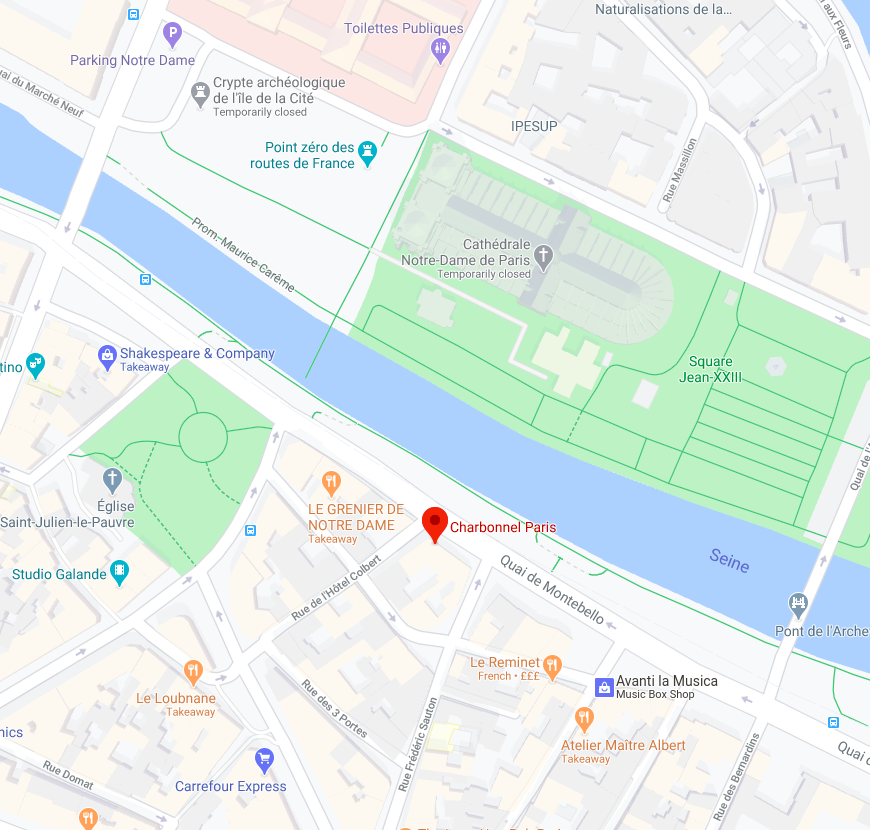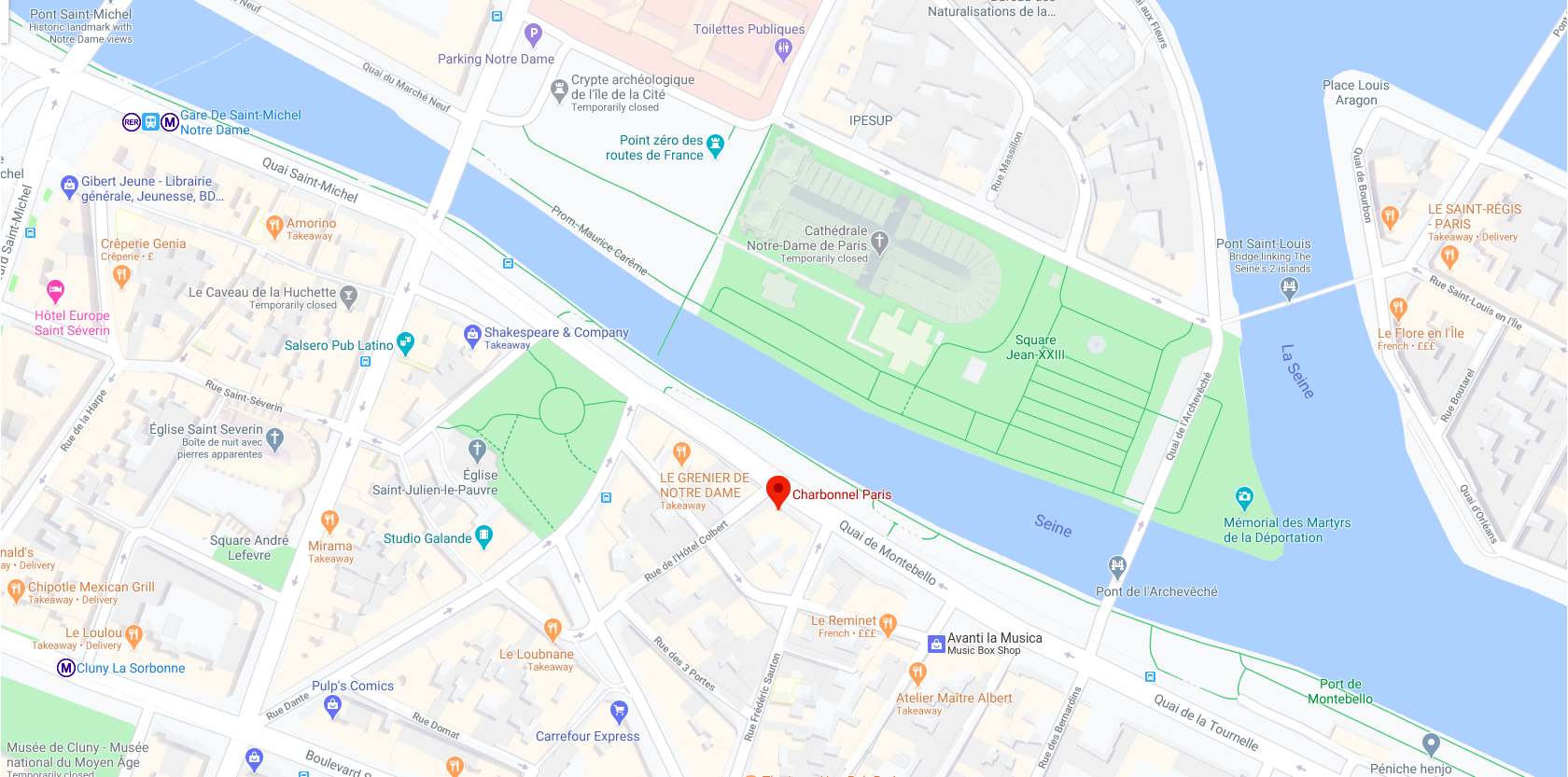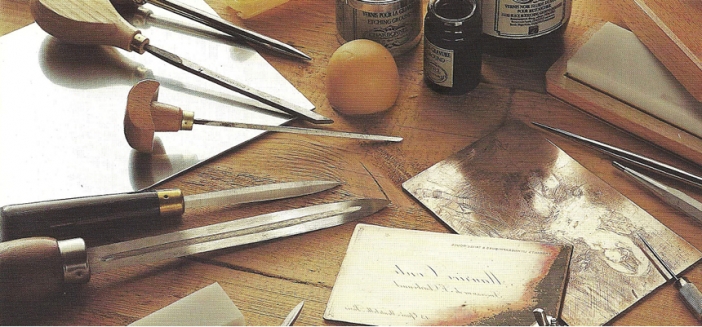
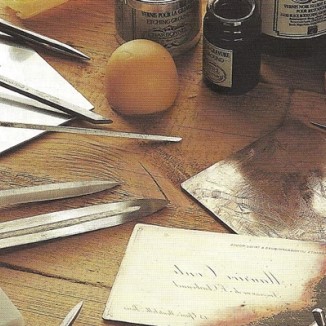
METAL PLATE PRINTING (INTAGLIO)
Discover many techniques for metal plate-based printmaking, also known as intaglio.
Discover the rangeWhat is Metal plate printing?
There are many techniques for metal plate-based printmaking, also known as intaglio.
First marks are made into a metal surface, which is then inked and wiped. This leaves colour sitting in the grooves ready to be transferred to your printing surface. The ink is transferred when pressed against a surface like paper, by passing it through a press.
The two principle metal plate printing techniques are engraving and etching.
Engraving is when a tool is used to cut the lines of the image into the metal plate. Traditional engraving involves the use of a hand-held, chisel-style cutting tool called a burin. Drypoint engraving is similar but uses a sharp needle-like tool and is more free-form. Etching is when acid is used to corrode the printed areas on the metal plate.
Etching
In traditional etching, the plate is first covered in an acid-resistant material, like ground bitumen. Using an etching needle, the image is engraved into the ground, revealing the plate underneath.
The plate is then dipped into acid. The acid bites into the surface of the plate where the ground has been exposed. After the plate is sufficiently bitten, the plate is removed from the acid bath and the ground is removed to prepare for the next step in printing.
Aquatint
Like etching, the aquatint process uses acid to etch into the metal plate. However, where etching uses a needle to scratch through an acid-proof resist and make lines, aquatint uses a ground of powdered resin to create a distinctive tonal effect.
The resin is acid resistant and usually affixed to the plate by controlled heating. Where the resin grains are placed will print white, with black areas around. The tonal variation is controlled by the level of acid exposure and the resin is then washed off the plate before printing.
Engraving
This is the oldest and hardest technique to master. The engraving is done with a handheld burin tool - a stainless steel rod, sharpened and set into a handle - which cuts up metal and removes it as chips. It produces a pure, defined line.
Drypoint
Drypoint engraving is easier to master than the burin technique and usually involves a softer plate substrate. Traditional drypoint lets you sketch your image freely and spontaneously onto the plate with a pencil-like tool. This is a hard-pointed "needle" tipped with metal or diamond, which leaves a raised ridge along the furrow (the burr) which is left in place and not scraped away as would with the burin technique. The burr and grooves are instrumental in creating the printed marks.
Mezzotint
Technically a drypoint technique, the mezzotint process gives a tonal effect and uses a toothed metal tool to indent the metal printing plate, rather than a needle. The tool is rocked over the plate surface and allows you to create prints with soft gradations of tone and rich, velvety blacks.
Etching grounds
Ground is the substance used in the etching process that resists the acid. It is available in different formats - as a liquid or a solid ball ground. All are available in a range of different, acid resistance levels.
Hard ground is completely acid resistant and is good for line work, detail and stippling. Soft ground is only partially acid resistant and can be used to push soft lines or texture effect into the plate.
Liquid ground is easy to use and can be brushed on to the plate. It is good for stopping out areas mid-way through the acid process, which is particularly useful when working with soft ground or aquatint for targeted effects.
Charbonnel Lamour Black is a covering varnish with a hard finish made from bitumen and turpentine. Ball ground is set in a solid ball shape and needs to be melted onto a warm plate to form a pool, which can then be evenly distributed with a roller or a brayer.
Granulated bitumen can be mixed into liquid grounds to increase its acid resistance, while ground resin is used for the aquatint technique, available in a range of grain sizes. Carborundum grit is used in carborundum mezzotinting and collagraph print techniques to create gradients of tone and sandy textures.
ETCHING & ENGRAVING TOOLS
Burins
The burin is a handheld tool used for engraving on metal plates and other surfaces.
Burins suitable for engraving metal plates come in a wide selection of sizes and shapes. We offer high quality burins in a choice of angles and shaft shapes, including square shaft burins from No2 to No12 and oval shaft burins from No2 to No8.
Our ergonomic wooden handles have mushroom shaped handles that are short and hollow. Designed to fit into your hand comfortably.
Needles
Drypoint and etching require strong, fine needle-shaped tools.
We offer round and square tip needles in diamond, all steel and carbide, in a selection of sizes.
Burnishers & Scrapers
Burnishers & Scrapers are used on metal plates to file, flatten burrs, polish, enhance and correct images.
We have a range of these tools with wooden handles and all steel, single and double-ended, available in various shapes, sizes and angles to suit your etching needs.
Roulettes
Rockers & Accessories
To create marks, you can use a handheld metal rocker studded with teeth.
We offer a choice of gauges and widths, alongside weights and stands. Our ergonomic handles are stained birch, while the rockers are made from high carbon tool steel.
Tint Tools
Angle tint and elliptical tint tools are commonly used for making fine parallel shading. These tools are also popular for wood engraving. We offer a wide range of styles.
Spatulas & Knives
Knives and spatulas are indispensable engraving tools, used to finely grind and ensure a perfect colour mix.
We offer spatulas in widths from No1 to No10 and grinding knives ranging from 12-25cm.
Sharpening & Polishing Tools
To maintain the perfect cutting edge, your engraving and etching tools require regular sharpening. Polishing stones and papers are used for this, alongside special tool holders.
We offer a full range including Arkansas stone, corundum stone and India stone in different degrees of fineness.
PLATES & TOOLS
Metal Plates
Various supports can be used for different metal-plate techniques.
Copper is the most commonly used and is suitable for a wide range of intaglio printing processes. It is traditionally used for etching, as it bites evenly, holds texture well. It also does not distort the ink’s colour when wiped.
Zinc is cheaper and softer than copper, making it preferable for beginners. However, zinc does not bite as cleanly as copper and as a surface alters some colours of ink.
The type of metal used determines the number of prints the plate will produce. With every pass-through, the firm pressure of the printing press slowly rubs out the finer details of the image. With relatively soft copper, the etching details will begin to wear very quickly. Some copper plates start to show extreme wear after just ten prints.
This wearing out of the image over time is one of the reasons etched prints created early in a numbered series tend to be valued more highly.
Plate Polishing
Before you can work on a metal plate, usually it has to be polished.
We stock polishing paper 4/0 and 600, an abrasive eraser and carborundum No60.
These materials are also used to erase imperfections from your image and to repolish plates after use.
Plate Degreasing
To achieve the best results, plates need to be degreased.
Our Meudon White, a kaolin chalk powder, is perfect for degreasing plates. When mixed with water it creates a cleaning solution suitable for almost all metals, except those containing iron. It is also suitable for use with glass and marble.
Inking Rollers
Ink is applied to the plate with a hand-held roller. To ensure good contact with the metal surface, the best roller heads are made from rubber.
We offer a range of sizes and styles, with plastic or wooden handles.
Tarlatan Wiping Fabric
To wipe ink from intaglio plates, we recommend making a wiping pad from tarlatan fabric. This is a semi-sheer open-weave cotton cloth that has been starched, giving structure to the pad.
We offer Tarlatan by the metre.
Felt Blankets
Felt Blankets are used to cushion the engraving plate. To achieve this, felt is laid on the platen of the press.
Use between two to six felt blankets help to reduce the pressure exerted by the press cylinders and to soak up some of the paper’s dampness. Felt Blankets also help the plate or matrix slip through the press.
INTAGLIO INKS, OILS, MEDIUMS & GROUNDS
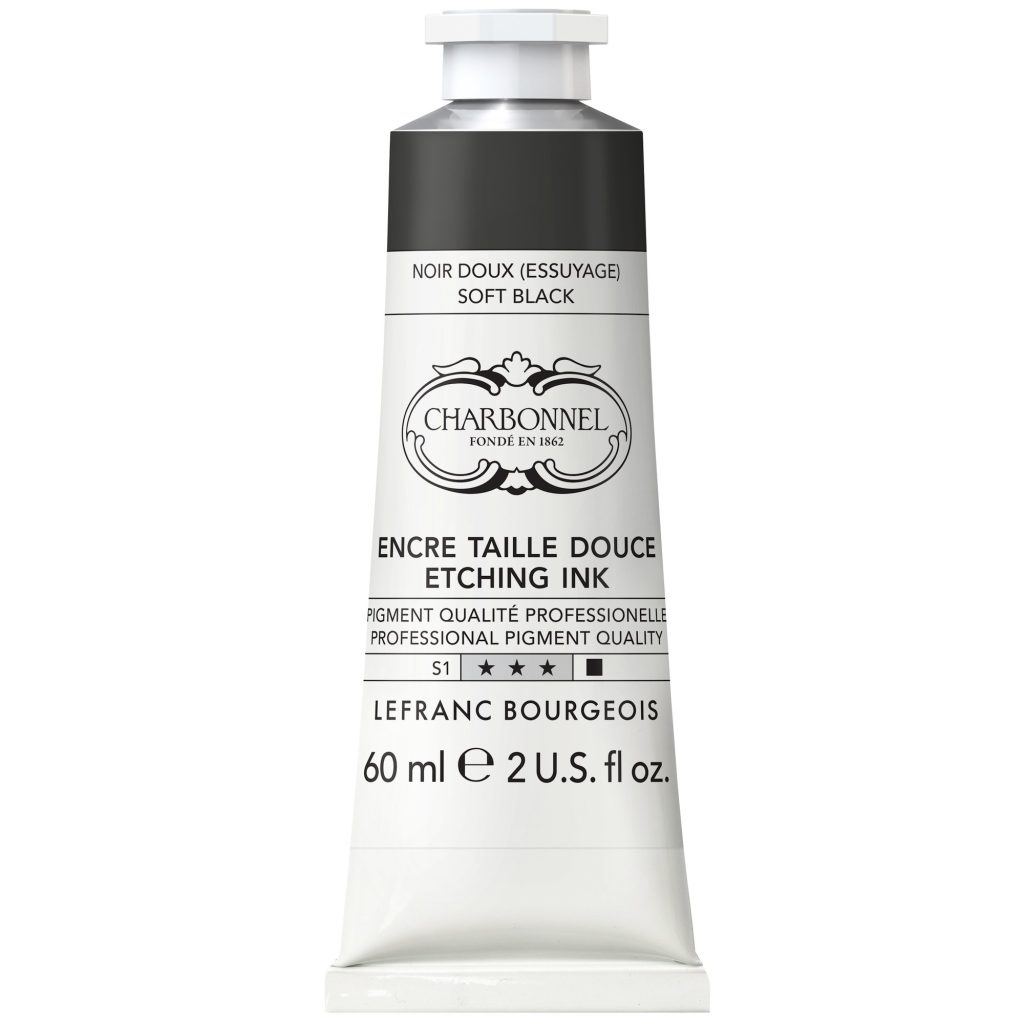
Professional quality inks are an essential part of intaglio printing. When choosing inks, we recommend that you always use a formula made with the finely ground, lightfast pigments. This will ensure a high print quality, intense colouration, the right viscosity for application and wiping, and longevity.
We have two distinct ranges, both mixed to deliver the best results for the most demanding printmakers and artists.
Oil-based Inks
Our most well-known inks are the traditional Charbonnel Intaglio Inks, made up of 54 colours including two metallics and 10 blacks. You can choose from 60ml tubes and 200ml pots in all colours. Our blacks also come in larger 800ml pots.
We also offer a range of oil additives designed to be mixed with Charbonnel Intaglio Inks. These allow you to change the ink’s viscosity, transparency and brilliance. Clear oil thins inks when they are too thick. Greasy oil helps you create tints.
WATER WASHABLE PRINTING INKS
Our range of water washable printing inks consists of 23 colors including 6 blacks. Formulated to a professional standard, it has the same high pigment concentration as conventional inks, but is made with a non-harmful emulsified oil. It is therefore water soluble and can be cleaned with water rather than solvent. Use it the same way as traditional ink - for metal, wood, lino, aquatint and monotype techniques. Colors are available in 60 ml tubes, while blacks are also available in 200 ml jars.
We also manufacture complementary products specially formulated to accompany Charbonnel inks. The solvent-free clear medium can be mixed with the water-washable printing inks to increase transparency, thin and lighten, while the water-washable printing ink oil is equivalent to the clear, greasy and strong oils in our oil-based line.
Printing papers
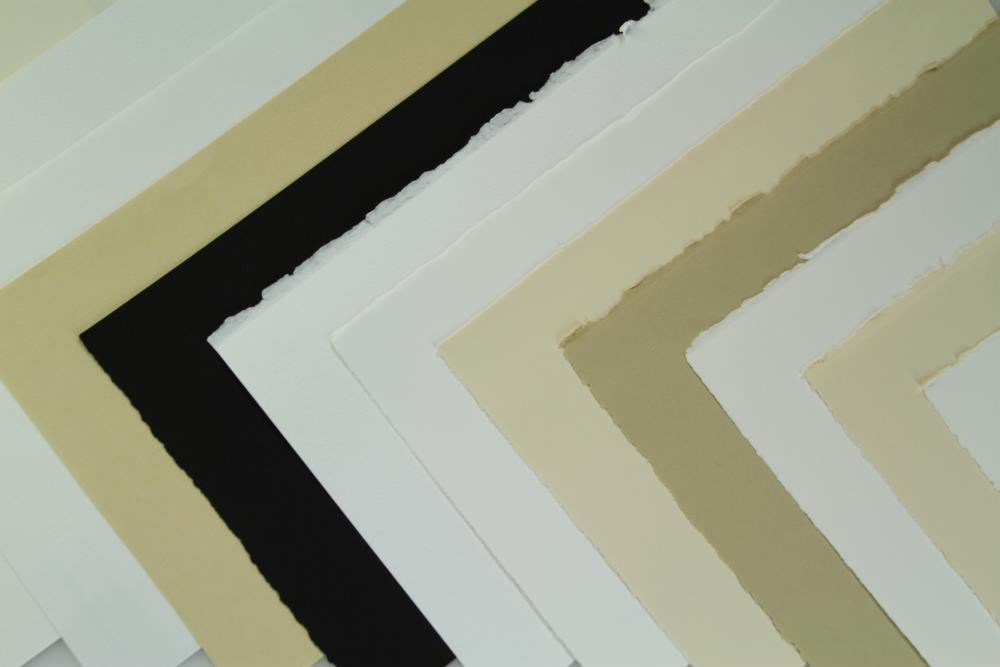
Find the right paper for metal plate printing
An intaglio print is not a mere reproduction. It’s an original creation. The paper used is a vital part of the composition. There are a wide range of paper weights, absorbencies, compositions, thicknesses, colours and finishes available to suit your needs.
When printing with metal plates, the paper used must be able to withstand the dampening and compression of the press. This means that it should be very elastic and strong. The paper you choose should have a soft, unfinished and uncoated surface. To ensure the longevity of your prints, it should also be resistant to degradation and ageing.

